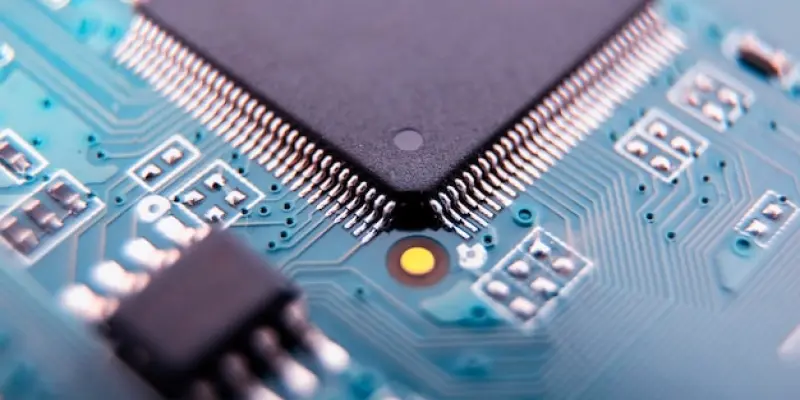In an industry driven by continuous advancements, Intel’s recent unveiling of the Bartlett Lake CPU provides a promising shift towards performance-focused architecture. This highly anticipated CPU, distinguished by its 12 performance cores and absence of efficiency cores, points to a strategic departure from Intel’s previous designs, which integrated both performance and efficiency cores. This decision seemingly aims to enhance capabilities in real-time and general-purpose workload management. The nuances of such an architecture could potentially redefine the gaming experience and application efficiency, contrasting with Intel’s previous offerings that struggled to deliver equally across all fronts.
Intel’s gaming-oriented objectives with Bartlett Lake come at a pivotal time. Recent CPU generations have largely exhibited modest enhancements, overshadowed by AMD’s rise with its X3D CPUs positioned for high gaming performance. Though Bartlett Lake retains an older socket design—a critical choice—it emphasizes robust performance characteristics, possibly compensating for the lack of an efficiency component. This could pivot Intel’s competitive stance in gaming, particularly against AMD’s formidable offerings. As earlier CPUs focused on balancing performance with power efficiency, this new approach might cater specifically to gamers seeking sheer power without the compromise of efficiency cores.
The Impact on Intel’s Gaming Strategy
Intel’s strategic introduction of Bartlett Lake is significant, especially in a market frequently defined by power and efficiency trade-offs. By excluding efficiency cores, Bartlett Lake is anticipated to sacrifice some multithreading potential, opting instead to boost performance-driven tasks. This decision challenges the conventional perspective that emphasizes equal power distribution across cores. While previous generations aimed for harmony that accommodated diverse user needs, Bartlett Lake seems to target enthusiasts requiring maximum output from individual cores. Its emergence could smooth Intel’s trajectory in gaming competitiveness, particularly before potential Arrow Lake enhancements redefine expectations.
The Arrow Lake series, with its focus on improving performance per watt and productivity, did not see reciprocal success in gaming performance, highlighting an area ripe for renewal. With the Bartlett Lake standing as an interlude between these iterations, Intel appears to be recalibrating its gaming ambitions. Although the reduction in efficiency may be seen as a drawback, it arguably liberates the performance cores to operate uninhibitedly, leveraging their full capabilities against demanding applications and games. Such a strategy might momentarily place Bartlett Lake as Intel’s flagship gaming solution, particularly for those transitioning from older hardware like AMD’s Ryzen 5000 series.
Competitive Context and Outlook
Intel’s unveiling of the Bartlett Lake CPU marks a significant shift in an industry driven by constant evolution. This CPU stands out with its 12 performance cores, notably lacking efficiency cores—a strategic move away from Intel’s prior designs that combined both elements. The aim appears to be enhancing capabilities in managing real-time and general workloads. This design shift might redefine gaming experiences and improve application efficiency, addressing Intel’s earlier challenges in balancing performance with efficiency.
Bartlett Lake arrives at a crucial juncture, with Intel targeting gamers amid recent CPU releases that offered modest improvements overshadowed by AMD’s rise with its X3D CPUs designed for gaming excellence. Keeping the older socket choice, Bartlett Lake prioritizes solid performance, possibly making up for its lack of efficiency cores. This could be Intel’s strategy to strengthen its gaming market position, especially against AMD’s powerful offerings. Historically focused on balancing power and efficiency, Intel’s new approach may appeal to gamers seeking raw power without efficiency compromises.

